8 unexpected discoveries worth millions of dollars
It is the dream of many to turn the time and effort they put into a million-dollar business. However, according to history, there may be another way to earn millions: strokes of luck. Many precious products, antiques and even medicines were created or discovered only by chance.
Show key points
- Many groundbreaking and highly profitable discoveries—ranging from antibiotics to consumer products—have been made purely by accident or chance.
- Alexander Fleming's forgotten bacterial cultures led to the discovery of penicillin, revolutionizing medicine and earning him a Nobel Prize.
- The asteroid Psyche 16, made of precious metals and valued at $10 trillion, demonstrates that monumental wealth could lie beyond our reach in space.
- ADVERTISEMENT
- Erno Rubik initially invented the Rubik’s Cube as a teaching tool for spatial understanding, which later turned into a $5 billion global toy phenomenon.
- Teflon, now a staple in non-stick cookware, was an unexpected result of a failed refrigeration experiment in the 1930s.
- Microwave ovens owe their invention to Percy Spencer's realization that radar equipment could heat food, sparked by a melted candy bar in his pocket.
- A Filipino fisherman discovered a 75-pound pearl worth $96 million during a routine fishing trip, changing his life entirely.
After those occasional discoveries, these lucky people who were in the right place and time could file patents and make millions of dollars. We have collected some of these discoveries for you in this article. Once you're done reading, keep your eyes open. Perhaps your moment of luck awaits you!
1. The mistake that saved the world
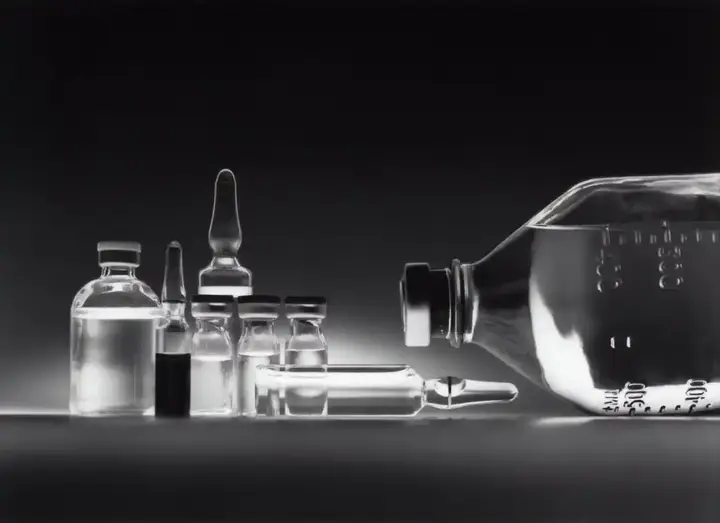
Discovery: Penicillin
Year: 1928
Estimated value: Innumerable
Some omissions may cost you your job, but every once in a while, one can save the world. Alexander Fleming, a British physician and scientist, has been studying bacterial cultures for months. But one day, he went on vacation, forgetting his bacterial cultures on the lab table.
Recommend
Upon his return, the scientist discovered that a fungus from the Penicillium notatum strain had destroyed its bacterial cultures, and thus discovered that this fungus prevents bacteria from spreading. Then, an antibiotic was born, which saved millions of lives. Thanks to this lapse, Fleming was awarded the Nobel Prize in Medicine.
2. Surprise inside an asteroid (Sierre)

Discovery: an asteroid made of precious materials
Year: 1852
Estimated value: $10 trillion
Psyche 16, discovered in 1852, is an asteroid located in the belt between Mars and Jupiter. After studying for several years, scientists found that it was made of iron and nickel. This brings us to the most surprising aspect of this asteroid: its incredible value.
The minerals that make up this asteroid are worth 10 trillion US dollars! If this amount were divided among every human being on earth, each of us would become a millionaire. Unfortunately, the technology needed to obtain these minerals does not yet exist.
3. The most popular cube in the world
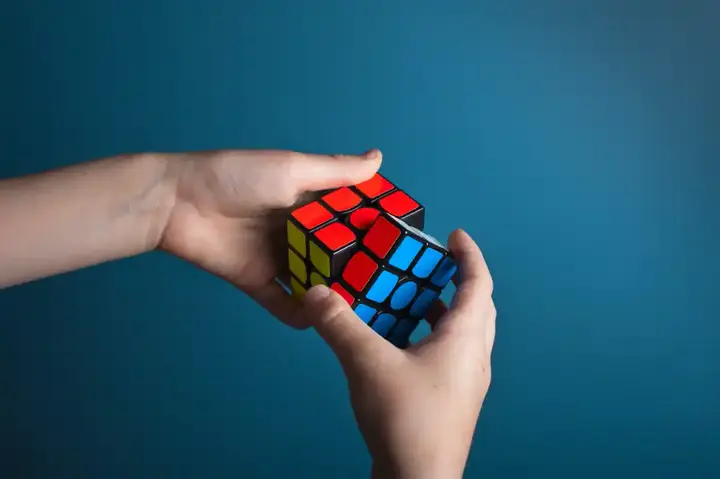
Discovery: Rubik's Cube
Year: 1974
Estimated value: $5 billion in sales
The Rubik's Cube is one of the best-selling puzzle games in the world, but the truth is that it wasn't originally conceived as a game. Its inventor, Erno Rubik, was a professor of architecture, and he built this puzzle to teach his students spatial concepts in a visual way.
Rubik discovered that at the end of each class, students try to return the cube to its original position. That's where the idea came in: he perfected his invention and patented, and three years later, he was already selling it as a toy.
4. Super resistant powder
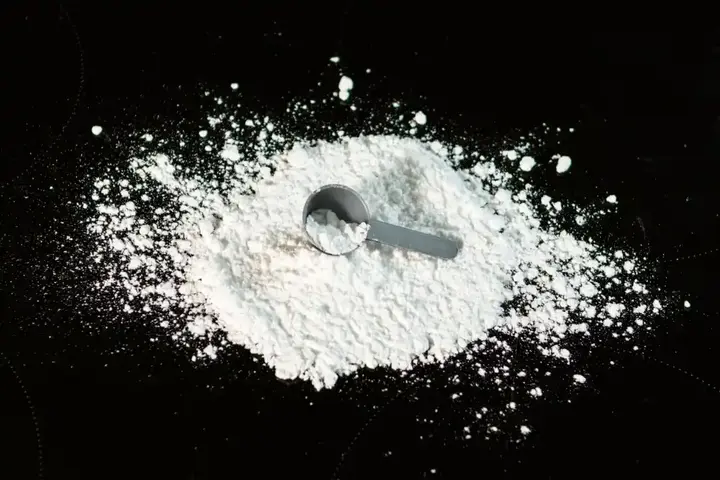
Discovery: Teflon
Year: 1838
Estimated value: $4.33 billion in sales
You will find Teflon in the vast majority of kitchens you enter. However, this material was not intended to be a coating to prevent food from sticking to the pan. The origin of this substance dates back to the time when chemist Roy Blonkett was hired to develop a non-toxic refrigeration chemical.
One day Plunkett left a substance alone to settle in order to form a gas; the next day, he found that it had become a very slippery substance. French engineer Marc Gregoire became interested in this newly created material, and decided to combine it with aluminum to make utensils that we use in the kitchen.
5. The most lucrative accident

Discovery: Microwave oven (microwave oven)
Year: 1945
Estimated value: $8,887 million in sales
The creation of a microwave oven was also quite accidental. It all started away from any kitchen when a scientist named Percy Spencer was trying to improve the functionality of radar. To do this, he used magnets, tools to measure distances, directions, and speeds.
Spencer had a chocolate bar in his pocket that he intended to eat for lunch. Unfortunately for him, his snack completely melted away as he got too close to the magnet. Spencer tried to figure out if the same thing would happen with other foods, and the result of this experiment was a microwave oven similar to the one you use every day.
6. Fishing has never been so fun
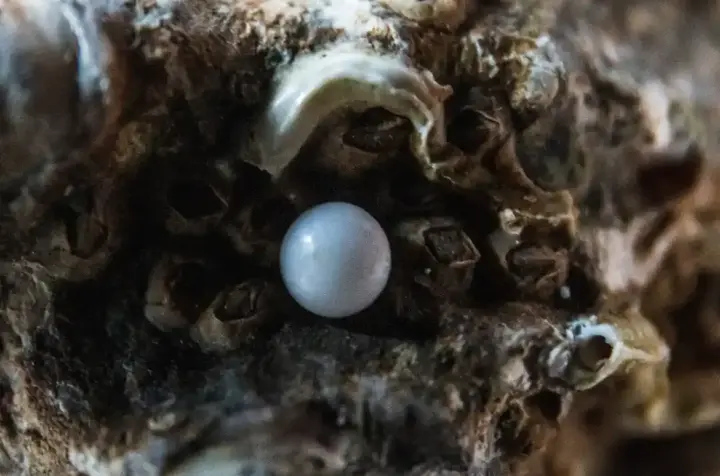
Discovery: A 75-pound pearl
Year: 2006
Estimate: $96 million
In 2006, the life of a Filipino fisherman was turned upside down when he caught something unexpected instead of a fish. It was a giant oyster with a pearl inside... It weighed 75 pounds! Needless to say, this is the largest pearl ever discovered.
The lucky fisherman went to specialists who estimated the value of the discovery at at least $ 96 million. Surprisingly, the man initially refused to accept the payment, however, years later, he changed his mind when a fire destroyed his home.
7. Cheapest shares
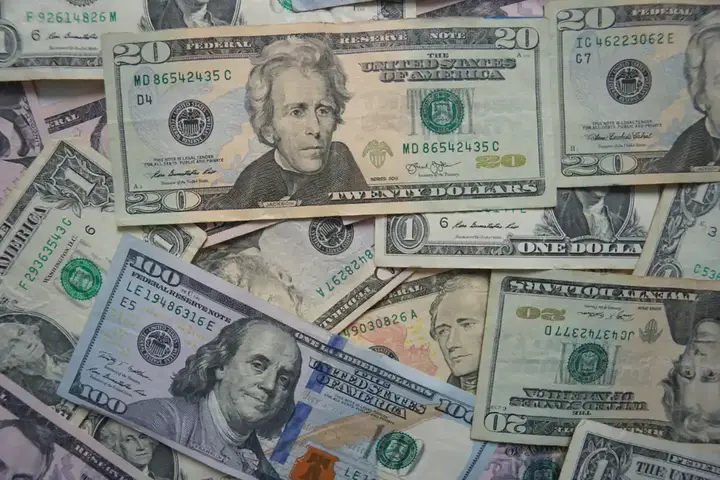
Discovery: Palmer union oil shares
Year: 2008
Estimated value: $130 million
Many people walk around the yard out of curiosity and don't really expect to find anything of value there. But Tony Maron's experience was very different. This guy bought a box of old papers for just $5. But what the box contained was worth much more than these papers.
Among the fund's documents was an invoice for 1,625 shares of Palmer Union Oil, equivalent to 1.8 million shares of Coca-Cola. Today, these shares are worth about $130 million. All for just $5.
8. Coca-Cola was not supposed to be a drink
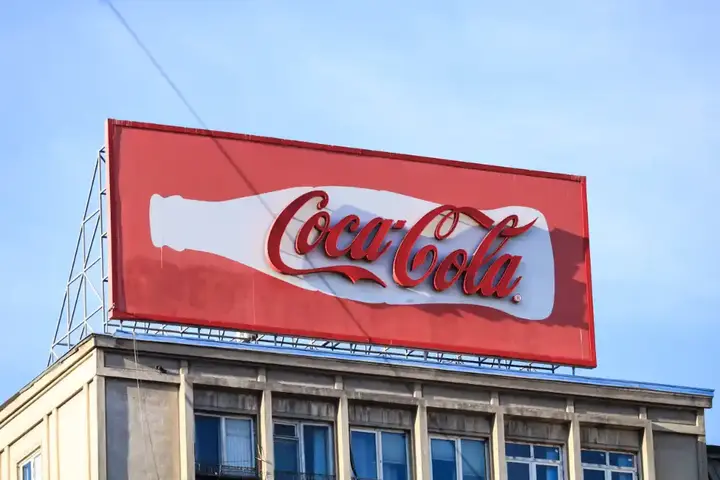
Discovery: Coca-Cola
Year: 1893
Estimated value: 213.000 million USD
Yes, that's right: the most famous soft drinks in existence, the company that has become one of the most profitable enterprises in the world, was created by chance. It all started when pharmacist John S. Pemberton tried to develop syrup to increase energy and facilitate digestion.
Once Pemberton got the perfect formula, he started distributing it; however, people started mixing it with carbonated water to improve its flavor. Which gave rise to the Coca-Cola Company. Over the years, the ingredients have been modified to achieve the perfect taste, and this "accident" has generated billions of dollars.








